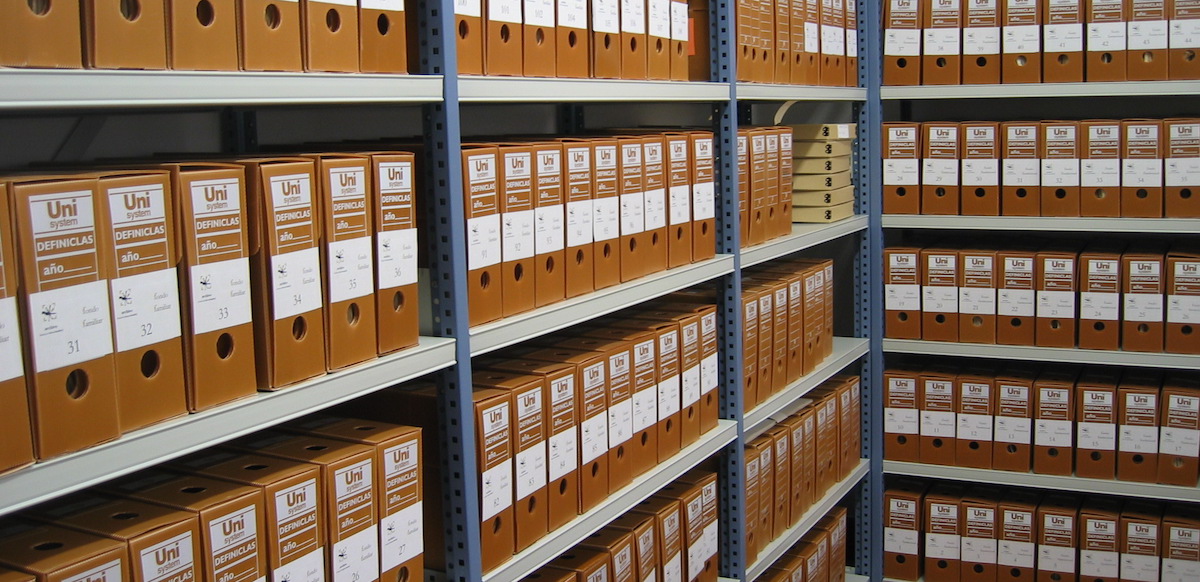In the main, much of what I wrote hasn’t changed much. I still do multiple backups, onsite and offsite, to ensure that my data always exists in at least three places, but some of the details have changed. Some of that is because of the introduction of new cloud services and some because my own situation has changed.
I still run a Time Machine backup of my primary computer, which is now an iMac. I also do daily clones of this computer to an external hard drive, although I do not daily do two daily clones1. Because I work from home, there’s no offsite location for the second clone to reside. I do a weekly backup of the second hard drive in my MacBook Pro2, but because I keep all my important data in Dropbox, that all gets backed up when I back up my iMac. Likewise, I still do a Backblaze offsite backup of all my data from my iMac.
Additions to my backup scheme include iCloud Photo Library and iCloud backups for my iPhone and iPad. I pay for the iCloud 2TB storage tier, which may be a bit of overkill, but I’m also backing up Melanie’s iPhone and my Mom’s iPhone and some hand-me-down iPads that the kids use and that puts us over the 200GB of the next lowest plan.3 The iCloud Photo Library ensures that my photos are not only backed up from my iMac (where I have set the preference to “Download Originals to this Mac”) on my clones and to Backblaze, but also in Apple’s cloud.4
Another addition to my backup scheme relates to my Synology network attached drive. This is a large storage space both for older, important files and for our home media server. To ensure that this is backed up I use the Glacier Backup software built-in to the Synology to backup the whole 3TB drive to Amazon’s Glacier cloud storage, a very, low-cost cloud storage service that is somewhat technical to setup and should probably be the subject of a separate blog post. I also have a local hard drive connected to the Synology to do a local backup as well.
One key to good backups is making sure the backup drives themselves are good. I have set an expiration date of every 3 years for my backup drives. Every hard drive will eventually fail— it’s just the laws of physics—so I want to keep each drive as long as possible before that failure and for me, I’m comfortable with 3 years. And as I said before, make sure you test your backups every so often to know that they’re actually saving your data and you can use them to recover if disaster strikes.
- As I suggested I might do in my last post, I have switched to Carbon Copy Cloner from Bombich software. ↩
- I have filled the SD-card slot on my 2015 MacBook Pro with a semi-permanent 256GB card to hold extra data. ↩
- Apple really ought to offer something between 200GB and 2TB. ↩
- I also back them up using Google’s Photo service too, but only in the lower resolution, free version so this is a last resort backup. ↩







